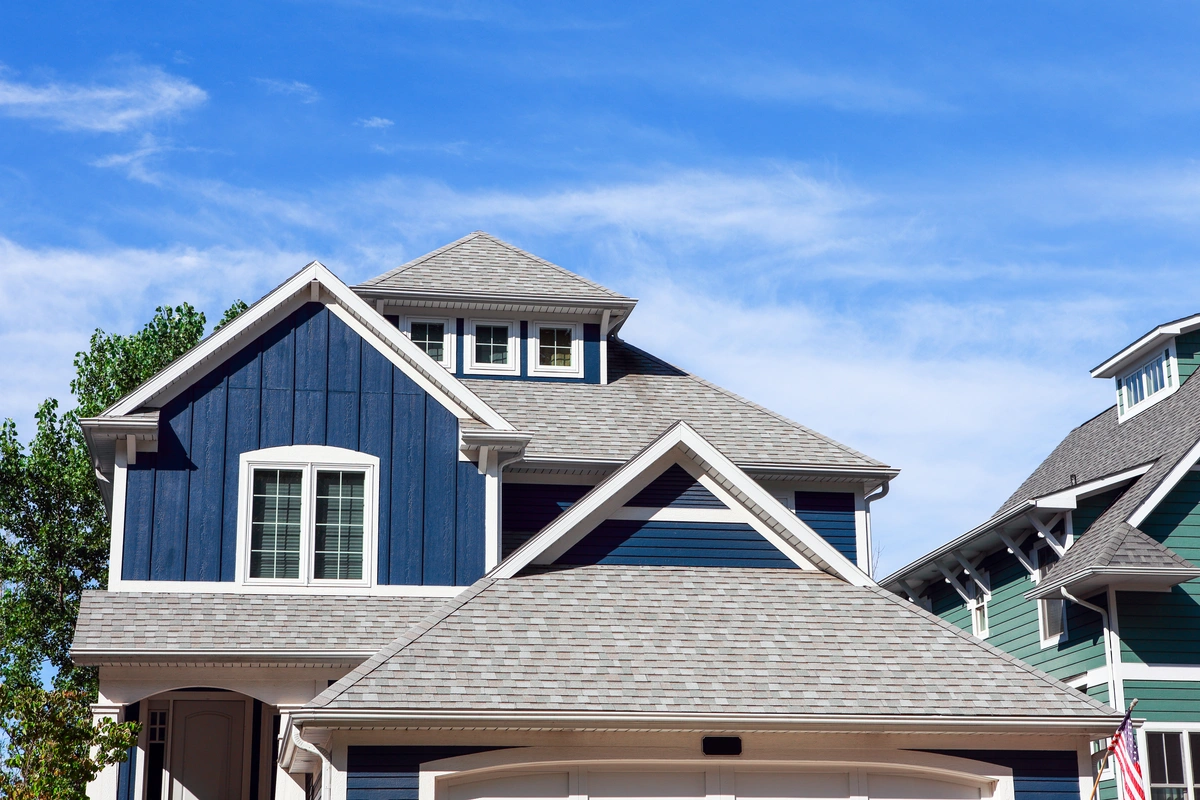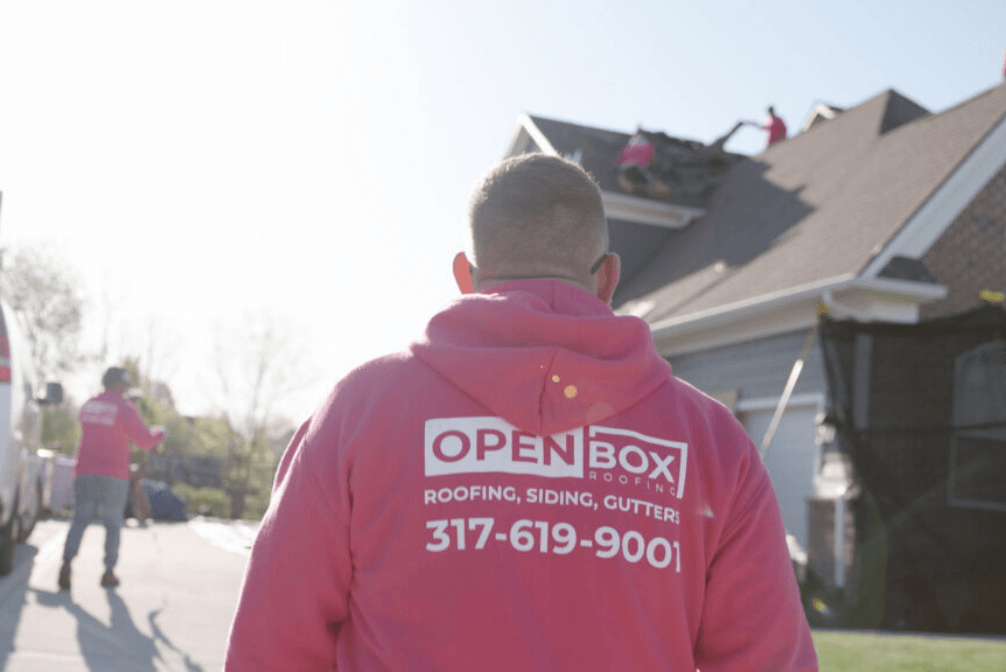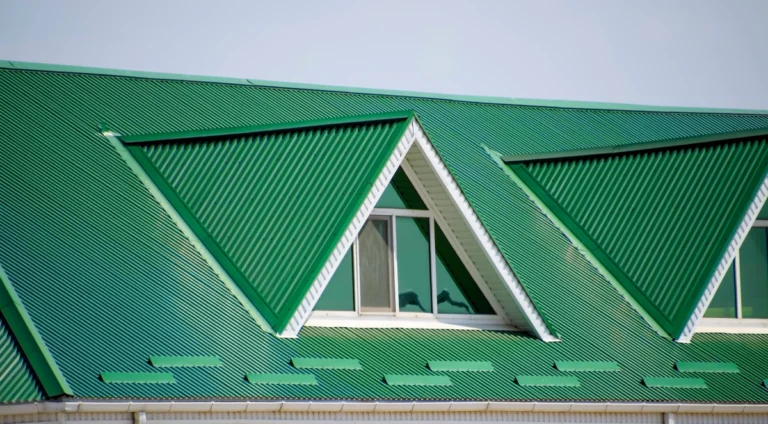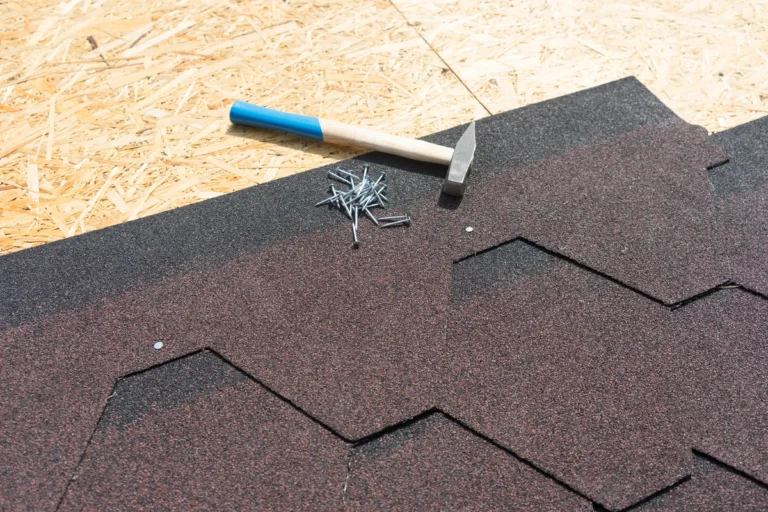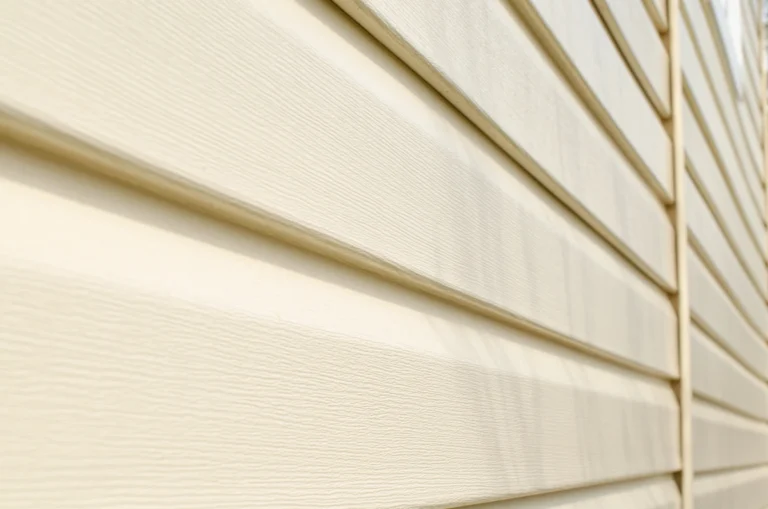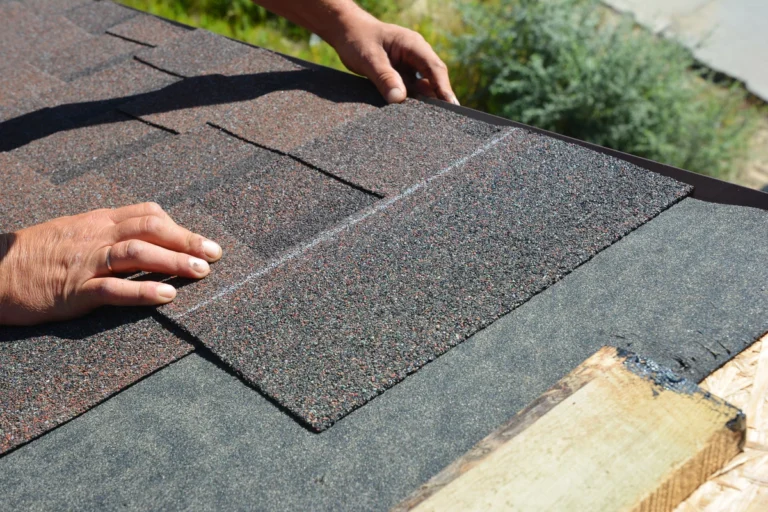A roof is a crucial part of any home, providing safety and protection from the elements. As homeowners, we often contemplate which roofing materials offer the best aesthetics and the longest lifespan to save us precious time and money on frequent repairs or needing a full roof replacement.
This blog compares high-quality roofing materials like metal roofs, clay and concrete tiles, and slate roofs to answer the question: “What is the Longest Lasting Roof Material?” By looking into factors that affect longevity, such as climate, weather conditions, material quality, and proper installation or maintenance procedures, we’ll help you decide when to choose your next durable and cost-effective roofing solution.
If you are still unsure, contact a professional roofing contractor for help!
Key Takeaways
- The longevity and durability of a roof depend on factors like climate, quality of materials, proper installation, and maintenance practices.
- Slate roofing is considered the longest-lasting option, with a lifespan of more than 100 years if properly maintained. Other durable options include metal roofing and clay/concrete tiles, which offer lifespans ranging from 40 to over 50 years.
- High-quality materials are critical for ensuring longevity in a roof. Conversely, using substandard materials may lead to early wear and tear, significantly reducing lifespan.
Comparison Of Longest-Lasting Roofing Materials
Let’s compare the longevity of different roofing materials to determine which options are the most durable and long-lasting, including metal roofing, clay and concrete tiles, and slate tile roofs above.
Metal Roofing
Among the various roofing materials available, metal roofing is considered one of the longest-lasting options for homeowners. With a life expectancy of 40-70 years, it far surpasses traditional asphalt roofing, typically lasting between 12 and 20 years.
Standing seam metal roofing has gained popularity among numerous architectural styles due to its sleek appearance and weatherproof construction. While the initial cost may be higher than other materials, investing in a standing seam metal roof also provides long-term benefits like improved aesthetics and energy efficiency.
Clay and Concrete Tiles
Clay and concrete tiles are renowned for their impressive lifespan and durability, making them a top choice among homeowners seeking long-term roofing solutions. Not only do these materials boast longevity ranging from 50 to 100 years or more, but they also offer exceptional insulation properties that contribute to home energy efficiency.
Both clay and concrete tiles have proven themselves as cost-effective alternatives to architectural asphalt when compared to other roofing materials due to their extended service life. While concrete tiles typically last 30 to 50 years, clay counterparts can theoretically endure for over a century with proper maintenance.
Furthermore, clay tiles display superior performance in hot climates or areas prone to salt air exposure – features make them particularly popular choices in Southern coastal regions where such conditions prevail.
Slate Roofs
Slate roofs have long been hailed as the pinnacle of durability and longevity among roofing materials. Crafted from natural slate tiles, these premium roofing systems are designed to withstand the test of time, boasting an impressive lifespan of more than a hundred years with minimal maintenance required.
Aside from their remarkable lifespan, slate roofs offer unparalleled beauty and elegance, adding significant value to properties. Although synthetic slate options boast a good 40-50 year lifespan if adequately installed – nothing quite compares to the aesthetics and resilience of natural slate roof tiles in terms of performance and visual appeal.
Factors Affecting Longevity
Climate, material quality, and proper installation and maintenance are the key factors affecting a roof’s lifespan.
Climate And Weather Conditions
The geographical location of a building plays an essential role in determining the lifespan of its most common roofing materials. Extreme temperatures and severe weather conditions can cause damage to roofing materials, leading to premature wear and tear.
Additionally, excessive sun exposure can quickly deteriorate roofs made from certain materials, such as asphalt shingles, causing them to crack and fade over time. Choosing the right roofing material for your area’s climate ensures greater durability and longer-lasting results.
Quality Of Materials
The quality of materials used for roofing is an essential factor in determining the longevity of a roof. High-quality materials are often more durable and can withstand harsh weather conditions, resulting in a longer lifespan.
For instance, slate is considered one of the best long-lasting roofing materials due to its minimal porosity and resistance to freeze-thaw cycles.
On the other hand, using low-quality or substandard materials for your roof may lead to premature wear and tear, reducing your roof’s lifespan significantly. Therefore, prioritizing high-quality materials is crucial when choosing your roofing options.
Installation And Maintenance
Proper installation and regular maintenance are critical in ensuring the longevity of any roofing material. Even the highest quality materials will not last long if installed incorrectly or maintained regularly.
Roof maintenance involves clearing debris, checking for leaks and damage caused by weather conditions or animals, and promptly addressing any issues found.
Investing in high-quality materials, getting expert installation help, and performing routine maintenance on your roof over time increases its lifespan dramatically while saving you money by avoiding expensive repairs or full replacements sooner than anticipated.
Choosing The Right Roofing Material For Longevity
Choosing the right roofing material is crucial to ensure longevity and durability for your roof. Factors such as climate, quality of materials, installation, and maintenance can significantly affect the lifespan of your roof.
When choosing between different roofing materials, it’s essential to consider the cost and lifespan of each option. For example, asphalt shingles are a standard and affordable option, but they typically last 10-20 years before requiring replacement.
Architectural shingles are another popular choice due to their durability and aesthetic appeal.
Choosing the right roofing material ultimately depends on personal preference based on budget constraints, desired aesthetics, and environmental considerations specific to your area.
Conclusion
In conclusion, when it comes to choosing the longest-lasting roofing material, slate is the clear winner. However, other durable options, such as metal roofing, clay, and concrete tiles, also offer a lengthy lifespan for your roof.
The durability of whole wood roofing also depends on various factors, including the materials’ quality, installation, and maintenance practices. Therefore, it’s crucial to consider these factors before choosing the suitable roofing material for your home.
Contact a professional roofing company for assistance in your final decision!
